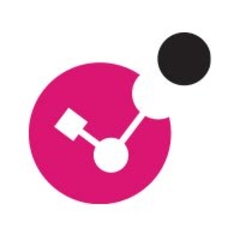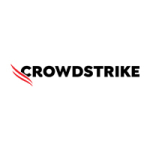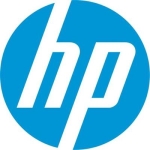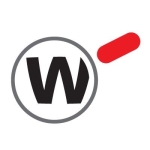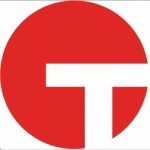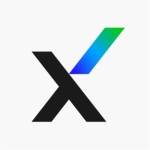I handle Check Point SMB along with Check Point Harmony Endpoint, and I have recently provided around 400 endpoints to a construction company in Sri Lanka.
The Rollback feature is valuable because ransomware attacks are very familiar nowadays, and anti-phishing and anti-ransomware blades are required by many of our customers. Other features, like prevention blades, are also okay, where you get threat extraction and evaluation. Likewise, the forensic report is also very important.
With the prevention blade, Harmony scales higher than many other solutions. Even CrowdStrike has technical problems when you're offline. But Harmony is not like that. Even if I don't have Internet connectivity, I have seen how remediation and rollback happen. All the encrypted files come to a state where it works with micro-backups.
Customers would like to have a very advanced endpoint to protect themselves from anti-phishing, especially ransomware.
I have clients who use very old Windows versions, so I have a few issues when attempting to install Harmony on some of the machines. At times, even with the latest Windows versions, the machines' performance gets slower. We still don't have a clear idea of what has been happening. If you take 100 PCs, two, three, or four are still troublesome when you attempt to install Harmony.
Also, the price could come down slightly, and I am not saying by a huge gap, but slightly. Even Sri Lanka's smaller customers have to buy a minimum quantity, and with Harmony Connect, they have to buy 50 licenses at once. If they could come down to 20, 30, or something like that, I should be able to sell much more. Some customers would like to have Harmony, but they have to buy a minimum quantity of 50. That's a bit troublesome for me as a salesperson.
I have worked with Checkpoint Harmony Endpoint for almost one year now.
I rate the solution's stability a nine out of ten.
I highly rate the solution's scalability.
We have a set of engineers who specialize in Harmony Endpoint and Harmony Connect.
The deployment takes one or two weeks. The deployer always creates a tenant, through which they install the solution. They also trained customers and end users to install Harmony, and they managed to install the entire license.
I rate Check Point Harmony Endpoint's pricing a seven out of ten because it is a little high.
Features like factory remediation, basically callback, are getting familiarized by Sri Lankan customers. Many have bought Harmony endpoints, so many customers have been considering Harmony Connect. This will lead to it having a good future.
When speaking to customers, I first communicate what ThreatCloud is all about. ThreatCloud is shared by other solutions like CloudGuard, Quantum, and Quantum Spark. It's very common to them. This means you will get the prevention blade, not the detection blade. Whenever you have phishing attacks, malware attacks, DDoS attacks, and even zero-day attacks, they are all always prevented by Check Point Harmony and Check Point products.
I always advise people to go for an advanced endpoint because IT managers have less of a hassle when using products like Check Point.
I have been facing lots of competition with CrowdStrike and Kaspersky. I don't think other products should compete with Check Point Harmony Endpoint because it is a different level endpoint altogether. I want to give them competition with the pricing.
I rate Check Point a nine out of ten.

